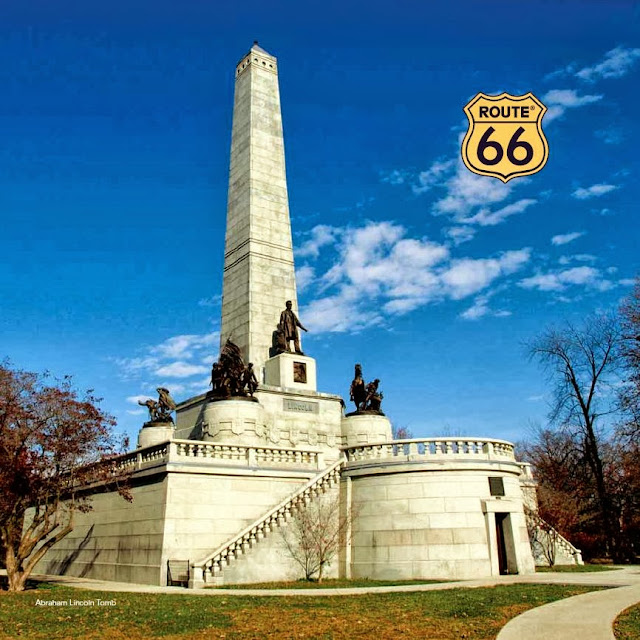Springfield is the third and current capital of the US state of Illinois and the county seat of Sangamon County with a population of 116,250 (U.S. Bureau of the Census, 2010), making it the sixth most populated city in the state and the second most populated Illinois city outside of the Chicago Metropolitan Area.It is the largest city in central Illinois. Just over 208,000 residents live in the Springfield Metropolitan Statistical Area, which includes Sangamon County and adjacent Menard County. Present-day Springfield was first settled by European Americans in the late 1810s, around the time Illinois became a state. The most famous past resident is Abraham Lincoln, who lived in Springfield from 1837 until 1861, when he went to the White House as President. Major tourist attractions include a multitude of historic sites connected with Lincoln. In 1908 a large race riot erupted in the city, which resulted in the lynching of two African-American men and deaths of four whites killed by defenders of black areas; it led to the founding of the National Association for the Advancement of Colored People (NAACP). The city lies on a mostly flat plain that encompasses much of the surrounding countryside. Hilly terrain lies near the Sangamon River. Lake Springfield, a largeartifi cial lake owned by City Water, Light & Power company called CWLP, supplies the city with recreation and drinking water. Weather is fairly typical for middle latitude locations, with hot summers and cold winters. Spring and summer weather is like that of most midwestern cities; severe thunderstorms are common. Tornadoes hit Springfield in 1957 and 2006. The city is governed by a mayor-council form of government. The city proper is also the "Capital Township" governmental entity. In addition, the government of the state of Illinois is also based in Springfield. State government entities located in the city include the Illinois General Assembly, the Illinois Supreme Court and the Office of the Governor of Illinois. There are three public and two private high schools in Springfield. Public schools in Springfi eld are operated by District No. 186. The economy of Springfi eld is marked by government jobs, which account for a large percentage of the city's workforce. Early history and the naming of Springfield. Springfield’s original name was Calhoun, after Senator John C. Calhoun of South Carolina. The land that Springfi eld now occupies was originally settled by trappers and traders who came to the Sangamon River in 1818. The settlement’s first cabin was built in 1820, by John Kelly, its site is at the northwest corner of Second Street and Jefferson Street. In 1821, Calhoun became the county seat of Sangamon County; due to the fertile soil, and trading opportunities. Settlers from Kentucky, Virginia, and as far as North Carolina came to the city.[6] By 1832, Senator Calhoun had fallen out of the favor with the public and the town renamed itself Springfield after Springfield, Massachusetts. At that time, Springfield, Massachusetts was comparable to modern-day Silicon Valley— known for industrial innovation, concentrated prosperity, and the celebrated Springfield Armory. Most importantly, it was a city that had built itself up from frontier outpost to national power through ingenuity - an example that the newly named Springfield, Illinois, sought to emulate. Kaskaskia was the first capital of the Illinois Territory from its organization in 1809, continuing through statehood in 1818, and through the first year as a state in 1819. Vandalia was the second state capital of Illinois from 1819 to 1839. Springfield became the third and current capital of Illinois in 1839. The designation was largely due to the efforts of Abraham Lincoln and his associates; nicknamed the “Long Nine” for their combined height of 54 feet (16 m).







